Deforestation

By Eric Roston New York When it comes to saving the world’s rainforests, governments can make a big diff erence, and fast. Take Indonesia, which in 2012 surpassed Brazil as the world’s leader in tropical rainforest destruction. In 2017, it engineered a 60% drop in tree loss from the previous year by strictly enforcing protections in vulnerable regions. On the other hand, governments can reverse course just as swiftly. Take Brazil, where a decade-long trend of improving forest protections has now gone into reverse. It’s a concern both in and beyond the tropics, with multinational companies coming under increasing pressure to stop doing business with suppliers that ravage the environment. Rainforests host half the species on Earth, help regulate global weather patterns and produce much of the planet’s oxygen. Their disappearance, through burning or felling, creates about 10% of the greenhouse gases the world produces in a given year that drive climate change.
By one estimate, more tropical tree cover was lost globally in 2016 and 2017 than in any other years this century. The Situation A handful of nations are the guardians of the world’s rainforests, with Brazil home to one third and roughly 15% shared by Indonesia and the Democratic Republic of Congo. Critics blame Brazil’s relapse on the rollback of environmental protections and enforcement in the Amazon in recent years. One analysis pointed to an 84% year-on-year increase in forest fires to record levels in 2019, many caused by loggers incentivised by the government’s disdain for environmental oversight. Brazilian leader Jair Bolsonaro, who relishes criticism of his attitude toward the Amazon and jokingly refers to himself as “Captain Chainsaw,” is facing a backlash from trading partners including Germany, Norway and the European Union. In Congo, agriculture, logging and energy projects pushed deforestation to record levels in 2017. The global bright spot was Indonesia, where authorities imposed a moratorium on developing peatlands, carbon-rich areas where the tree canopy shields waterlogged soil. When cleared, peatlands are drained, leaving a vast area of tinder that can smolder under the ground for years. Combined with better educational campaigns and stricter law enforcement, the moratorium cut primary forest loss to the lowest level in 14 years, notwithstanding setbacks in Sumatra, an island that’s home to endangered tigers and orangutans. Tree loss declined yet further in 2018. The Background Although tropical deforestation rates have dropped by more than a third since the 1990s, rainforests remain on course to disappear in about a century. The 2015 Paris agreement to fight climate change recognised forests as part of the solution to curbing carbon emissions. Rainforests absorb prodigious amounts of carbon dioxide and store it in trees, other plants and soil. Forest fires in Indonesia in 2015 pumped out more greenhouse gases than the entire US economy. Tropical deforestation continues mostly because people, both near and far, demand timber as well as commodities — typically soy, palm oil, and beef — that flourish where forests get in the way. Indonesia, for example, delivers about half the world’s $50bn palm- oil crop each year. It’s cheaper than other vegetable oils, widely used in products from mayonnaise to makeup and a route out of poverty for farmers. Hundreds of international companies have pledged to clean up their supply chains, sourcing commodities only from producers certified as having sustainable practices. The Argument Climate scientists say that preserving rainforests, and restoring former forested land, represents a relatively straightforward and economical way to meet climate change targets. Such measures, they estimate, could help bring humanity about one- third of the way to the Paris goal of limiting warming to below 2 degrees Celsius (3.6 degrees Fahrenheit). Environmentalists argue over the best approach, but targets and protections have proven most eff ective only when strictly applied. On-the-ground strategies include removing roads into sensitive areas or paying rural and indigenous communities to maintain habitats. Activists urge rich nations to follow Norway’s lead and off er incentives to countries to curb forest loss (and to withdraw them if necessary).
Conservation groups say Corps should step up, for instance by including environmental audits in their financial reporting. They are pressing for better systems to certify producers of sustainably grown commodities; these make it easier both for companies to avoid illegal operators and consumers to make eco-friendly choices. There’s some way to go: A 2018 survey by environmental group Greenpeace found that all 16 multinationals surveyed either failed to publicly identify their palm-oil suppliers or used producers that harmed rainforests.

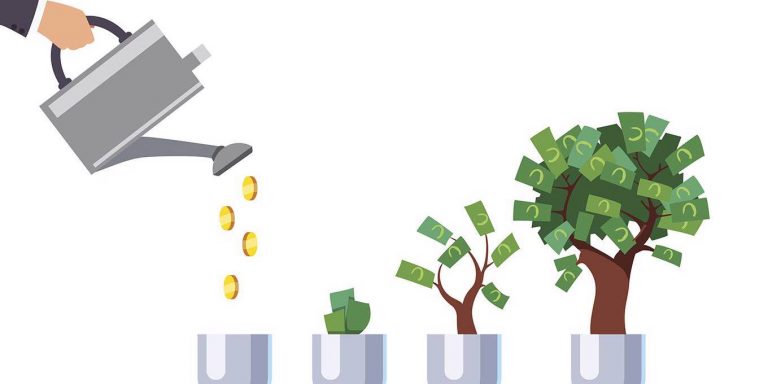
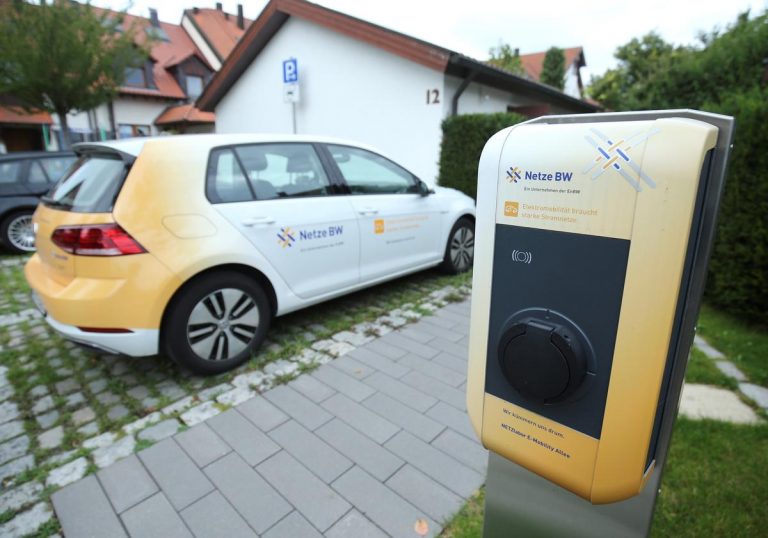
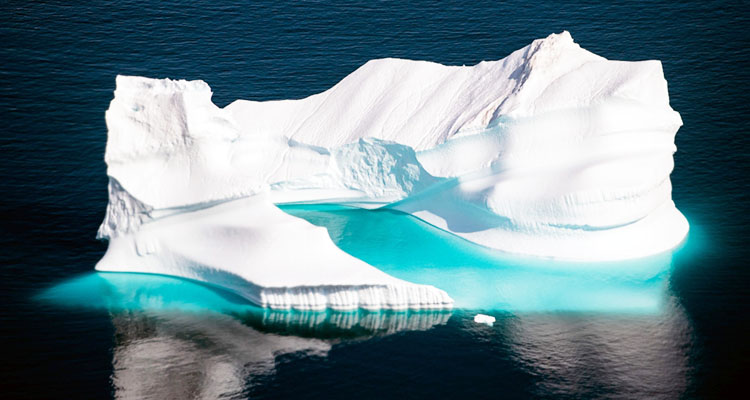
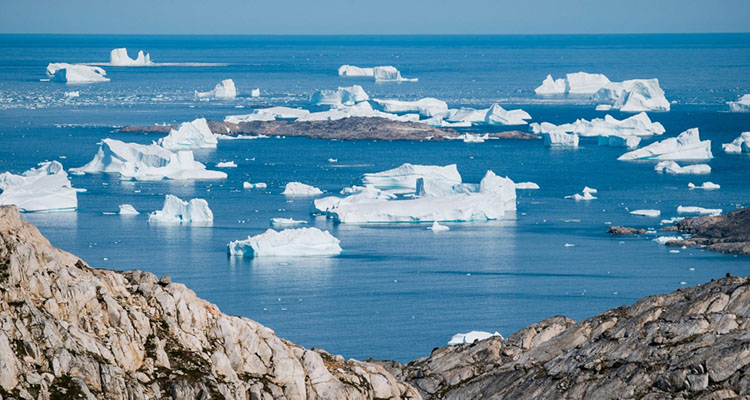

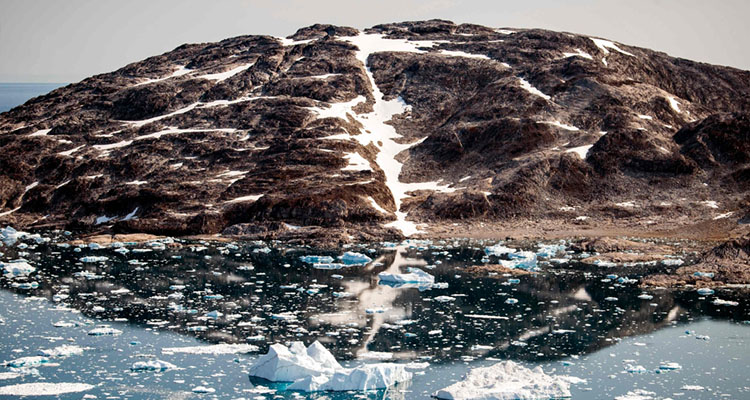
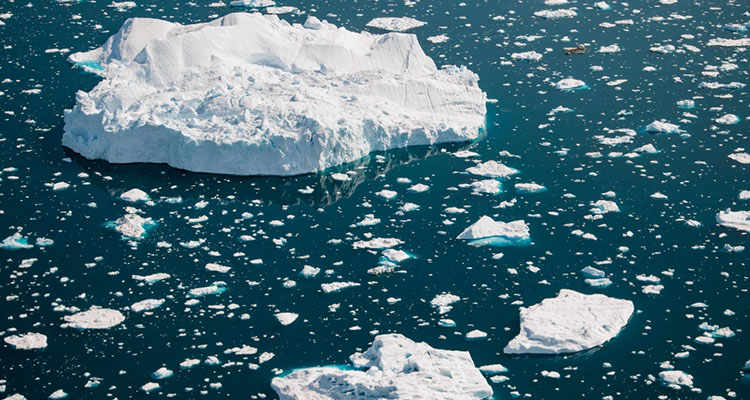
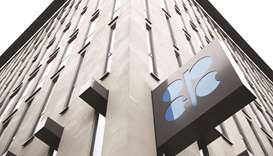
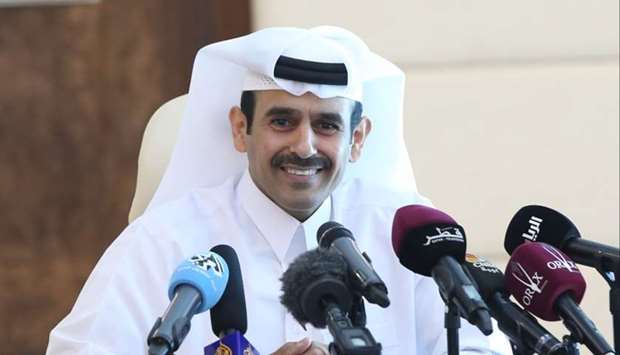

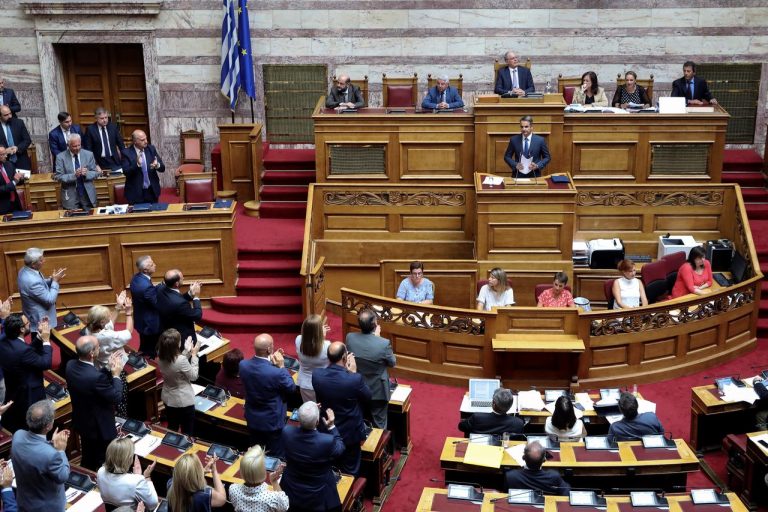
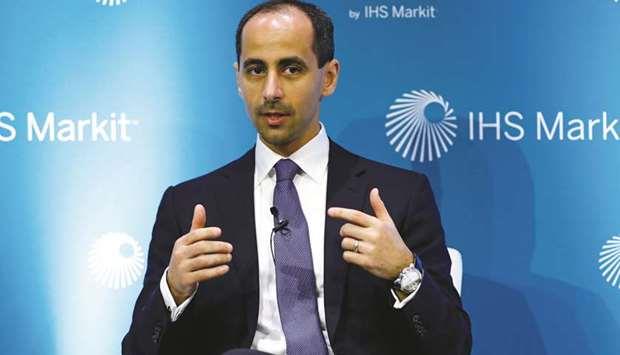
OXFORD – Some of the most influential players in the global economy are spearheading the shift toward a clean, green, emissions-free world, even while key governments stand idle. Financial giants from Europe, China, Japan, the United States, Australia, and elsewhere can see the looming risks and rewards, and they are not waiting on policymakers to signal what needs to be done. By setting immediate bans on new fossil-fuel investments, labeling clean and dirty energy producers, and dumping unappealing stocks, the financial industry is redirecting huge flows of money from fossil fuels to low-carbon technology.
Such decisions can ripple across economies. Consider, for example, the split between state and private energy finance in India. According to the Delhi-based Centre for Financial Accountability, primary finance for coal-fired power plants dropped by 93% between 2017 and 2018, while finance for renewables rose by 10%. Among the loans for coal projects in 2018, most came from government-controlled financial institutions, whereas three-quarters of renewables financing came from private commercial banks.
Similarly, banks and traders in Japan are abandoning coal projects in favor of renewables, even though the government has resisted setting a phase-out date for coal-powered energy. Three Japanese coal-plant projects have been canceled or delayed this year. And at the global level, the International Energy Agency (IEA) reports that investments in coal-power plants hit a century low in 2018, while more coal generators were retired.
This trend will become more pronounced as the number of financial firms shifting from fossil fuels continues to grow. Consider the headlines since March. Norway’s sovereign wealth fund has won parliamentary approval to divest $13 billion from fossil-fuel stocks, as part of the largest fossil-fuel selloff to date. Japan’s Mitsubishi UFJ Financial Group, one of the world’s largest banks in terms of assets, ceased financing new coal-fired power projects. And Chubb became the first major US insurer to announce a ban on coal coverage, while Suncorpbecame the last Australian insurer to end coverage for new coal-mining and coal-power projects.
Moreover, the London Stock Exchange has recategorized oil and gas stocks as “non-renewable energy” and classified green-energy stocks as “renewable” instead of “alternative.” And the world’s largest investor in overseas coal projects, the Oversea-Chinese Banking Corporation, said it would end financing for coal-power plants (once it finishes two final projects in Vietnam), while China’s State Development & Investment Corporation announced plans to stop investing in new coal-fired plants and focus on new energy sources.
More broadly, the Investor Agenda for a low-carbon world has attracted 477 signatories, representing around $34 trillion in assets under management. These investors are calling on governments not just to limit rising temperatures, but also to meet the Paris climate agreement’s more difficult goal of limiting global warming to 1.5°C above pre-industrial levels.
Meanwhile, the Institute for Energy Economics and Financial Analysis has found that those who ignored climate-change warnings have already taken a financial hit. BlackRock, the world’s largest fund manager, lost around $90 billion over the last decade, three-quarters of which was due to its holdings in ExxonMobil, Chevron, Shell, and BP. And investors in General Electric, including BlackRock, lost a whopping $193 billion in the three years leading up to 2018, because the company misjudged the pace of the shift to green energy and the collapse in demand for gas turbines and thermal power stations.
Although the shift away from fossil fuels is already monumental, a potential tsunami awaits. Those divesting from fossil fuels are the early adopters who have sensed a change in wind direction and readjusted their sails. But far more needs to be done. Because those firms’ competitors have yet to take any steps toward divestment, trillions of dollars in carbon assets remain on investors’ balance sheets.
Moreover, according to the IEA, while coal investments have fallen, capital spending on oil, gas, and coal nonetheless bounced back in 2018, and investment in energy efficiency and renewables stalled. Worse, the consultancy Wood Mackenzie finds that the renewables boom has translated into only 2% of global energy demand. As matters stand, coal, oil, and gas could still supply 85% of primary energy by 2040, down only slightly from 90% today.
To complete the transition away from fossil fuels will require drilling down to the core of the global economy. It does not help that financial institutions in China funneled at least $1 billion in “green” financing to coal-related projects in the first half of this year. Companies cannot keep producing oil, gas, and internal combustion engines while gradually shifting to cleaner technologies; they need to make a clean break.
Moreover, financiers need to look beyond coal and withdraw support for all fossil fuels. Equally important, governments must set an ambitious trajectory for their economies that impels adherence to the 1.5°C limit on warming. Our current path will lead to warming of 3°C or more, which would have catastrophic consequences.
The United Nations Climate Action Summit on September 23 offers the opportunity for financial institutions and governments to do what is necessary. Secretary-General António Guterres has called for gold-standard leadership, in the form of government and private-sector commitments to slash emissions to net zero, with interim targets every five years.
Guterres’s call to action is echoed by all who have been demonstrating and striking for the same goal. Investors need to rise to the occasion, by structuring portfolios in such a way as to achieve net-zero emissions by 2050. That means pushing the companies in their portfolios to change, too, or risk being cut off and left behind. But setting long-term aspirations won’t be enough. Actionable steps for the coming months and years must accompany the commitments made today, to ensure that progress remains on track.
To that end, Mission 2020 is collecting stories of progress from across the global economy. Our 2020 Climate Progress Tracker Tool, an open-access database, is updated regularly with climate commitments by countries, businesses, cities, and others. The bigger the divestment movement grows, the harder it will be to hide in the shadows, clinging to the past.